Welcome to Barga – the most Scottish place in Italy
This is quintessential Tuscany, albeit with a Caledonian twist
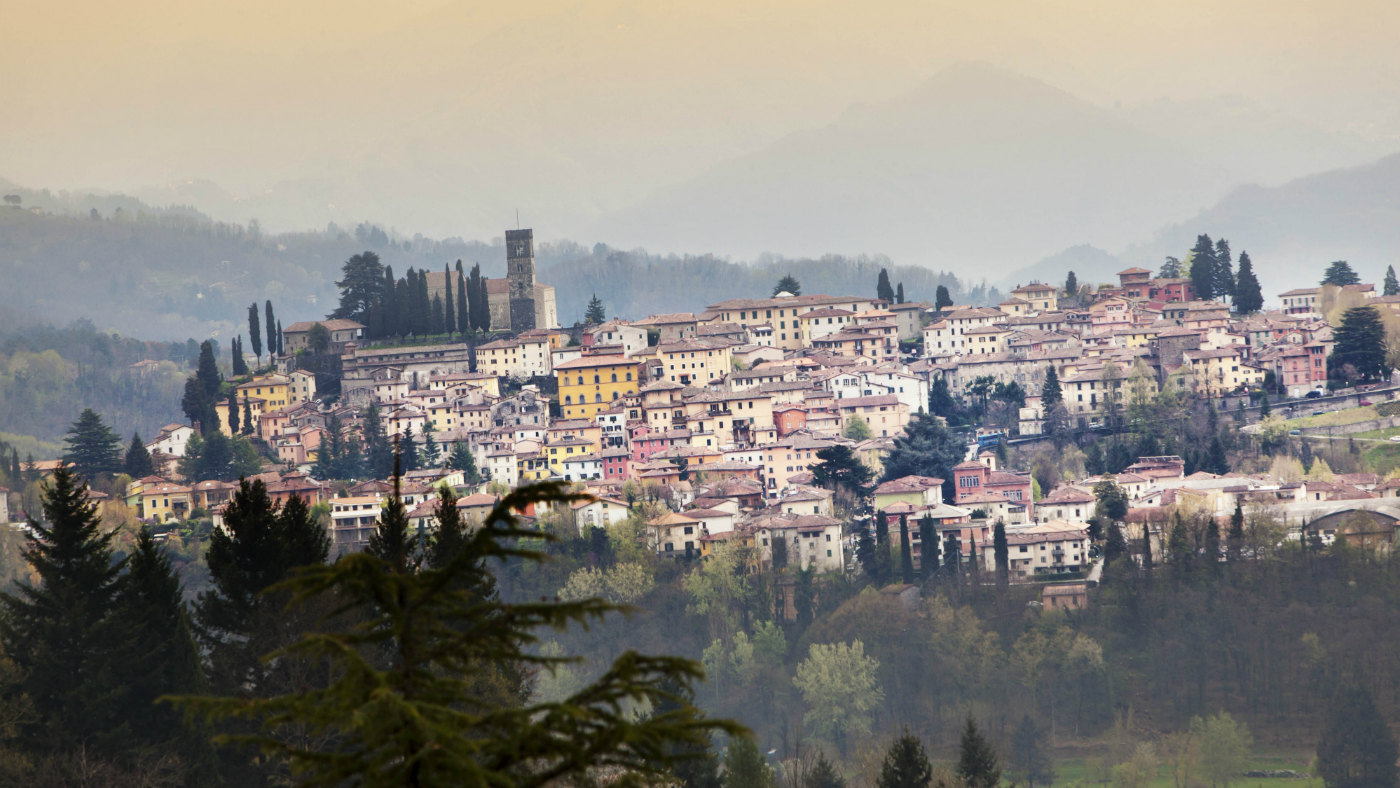
If you follow the jagged outline of Tuscany’s breathtaking Apuan Alps, you can make out the outline of a man’s profile on his side – a prominent nose, a forehead, a chin, his gently protruding stomach. As the sun sets, and the mountains become brilliantly dark against the starry sky, that’s all you’ll be able to see as you gaze across the Serchio Valley. The Italians rather bluntly call him “L’Uomo Morto” or “dead man”; others refer to him more delicately as the sleeping giant – one who’s probably had rather a hearty portion of the local pasta and wine, and fallen into a deep slumber.
L’Uomo Morto isn’t the most intriguing aspect of the valley. The natural arch in the mountains that makes up the sleeping giant’s slightly open mouth – a natural formation known as the Monte Forato – plays host to a “doppio tramonto” – a double sunset. Twice a year, for three consecutive days, the sun appears to set twice – first behind the mountains, and then once more, as it is briefly trapped in the arch. Locals and tourists flock to Barga, the valley’s beautiful medieval town, where the imposing Duomo perched high above it boasts the best views.
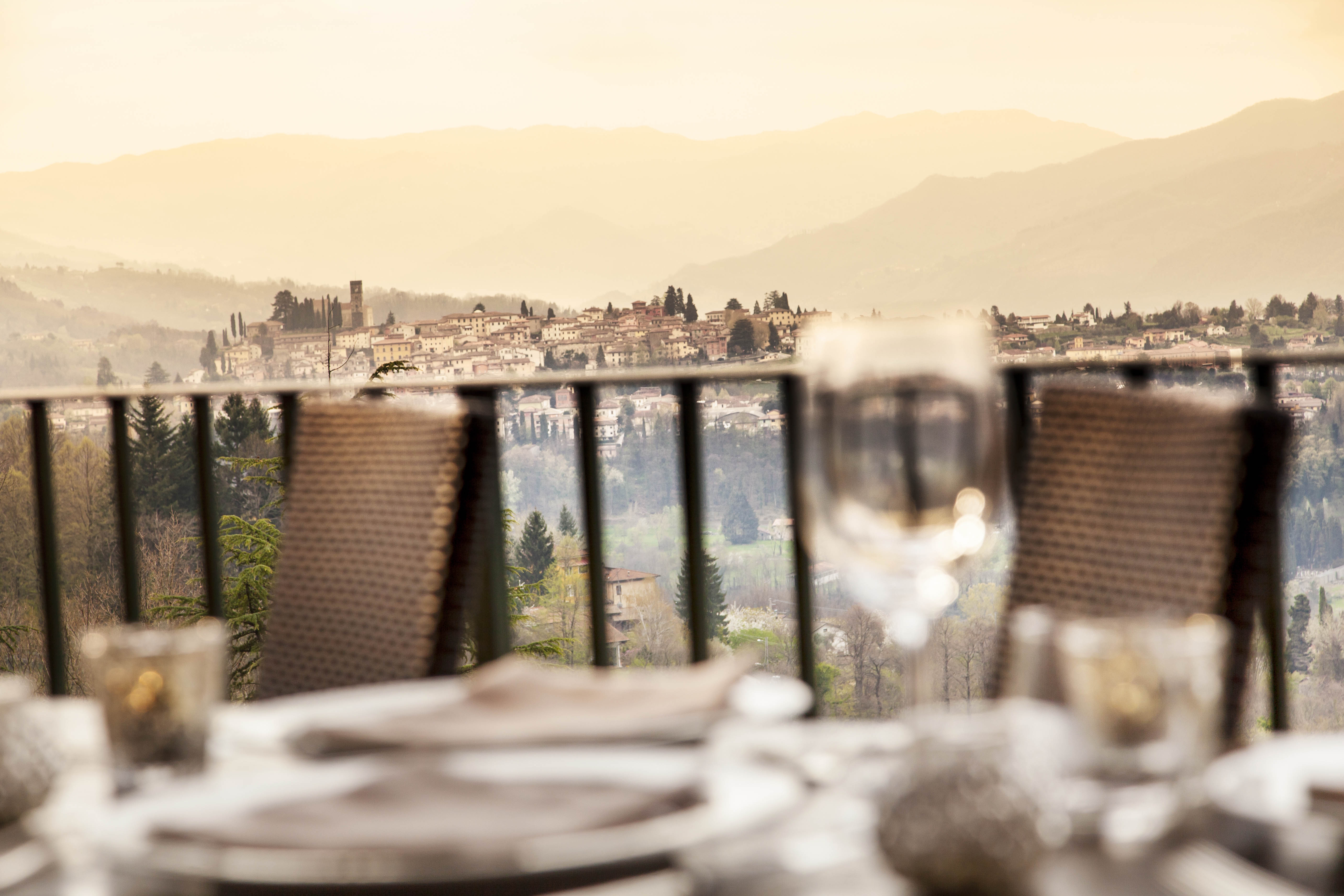
And then of course, there’s Barga itself, which has a few secrets of its own. It’s a town of narrow, steep cobbled streets and pale orange and pink-hued houses, even more beautiful in spring with fragrant wisteria and blossoms in bloom. In the warm, afternoon sunshine of late April, just a few locals are sipping bright orange Aperol spritz in Barga’s tiny, quiet town square, and look thoroughly surprised to see anyone else around. A small bust of Garibaldi proclaims him “all eroe dei due mondi” (the hero of two worlds) while a cat nonchalantly stretches out in a patch of sun.
The Week
Escape your echo chamber. Get the facts behind the news, plus analysis from multiple perspectives.

Sign up for The Week's Free Newsletters
From our morning news briefing to a weekly Good News Newsletter, get the best of The Week delivered directly to your inbox.
From our morning news briefing to a weekly Good News Newsletter, get the best of The Week delivered directly to your inbox.
The Duomo itself is certainly worth the mini hike to the top of the hill. Its strange dazzling limestone Romanesque facade, flat and square, certainly doesn’t look like other Italian cathedrals. In fact, as our tour guide informs me, mysteries swirl around the unusual 11th century building. For a start, very few documents survive surrounding its origins. A strange, indecipherable inscription seems to be formed of letters from pre-medieval alphabets, and serpent statues along with its plain wooden statue of Saint Christopher, Barga’s patron saint, at the altar, have led some local historians to declare that the Knights Templar must have had a hand in it. Whether that’s true or not is open to debate, but it’s certainly the type of place where your imagination can easily run wild.
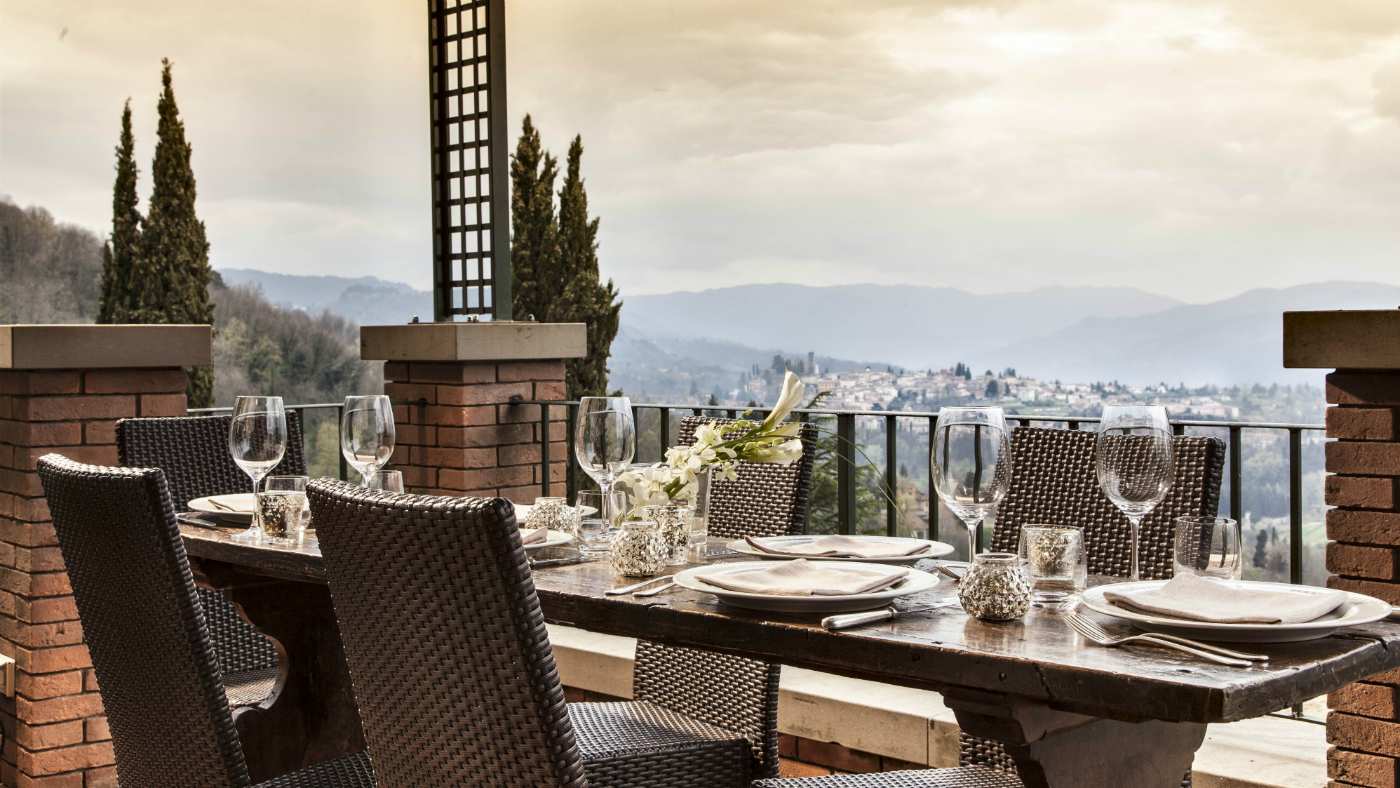
Perhaps Barga’s biggest surprise of all is its people. Enter an ostensibly Italian-looking cafe, and you’ll find all types of breads, pizzas and Italian biscuits. Nothing strange about that. But spin around, and an incongruous, Alice in Wonderland-esque glass cabinet is stocked high with Heinz salad cream, Tetley’s tea, Irn Bru and tins of Scotch Broth. Barga is inextricably linked to Scotland – you might guess that from the odd Saltire proudly flying from a window.
Of its 10,000 population, it is estimated that between 60-70% have Scottish ancestry. Large-scale Barghese immigration to Scotland began in the late 19th century, as the region’s declining silk industry forced many families to emigrate. Today it is thought that as many as 30,000 Italian descendants live in Scotland, with many originating from Tuscany. It’s not uncommon to hear locals who had been speaking in fluent Italian, to suddenly start speaking in a Glaswegian accent, and singer Paolo Nutini, violinist Nicola Benedetti and the painter, John Bellamy, all have links to the town. There’s even a fish and chip festival in the summer months.
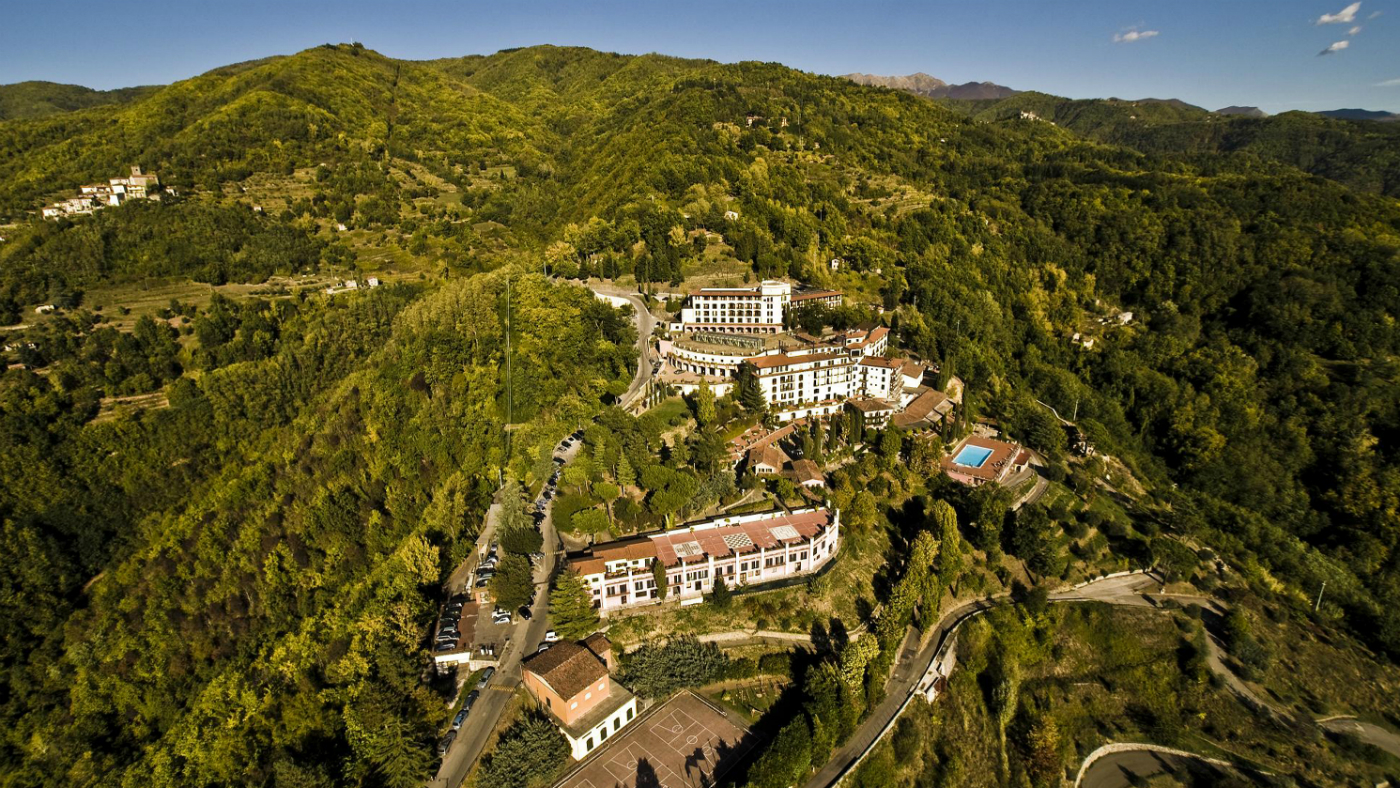
If you are visiting the Serchio Valley, the beautiful Renaissance Tuscany Il Ciocco Resort & Spa, nestled in the hillside above it, makes for a relaxing and inviting stay. The hotel’s main attraction is its beautiful sun-soaked terrace, which offers spectacular, sweeping views of Barga and L’Uomo Morto. It’s the perfect setting for a good book and an aperitivo – accompanied by a humongous complimentary serving of nibbles to work through – as tiny chirping birds dart playfully in and out of the statuesque cyprus trees, and the sun begins to set.
A free daily email with the biggest news stories of the day – and the best features from TheWeek.com
The hotel serves delicious local delicacies, with an option of taking a cooking class with the hotel’s head chef to see exactly what goes on behind the scenes. Try your hand at fresh homemade pasta, using local chestnut flour (and the lightest of touches – of course) or delightful traditional Italian biscuits. The menu offers all the classics you might expect with light, fresh vegetarian risottos, pastas, a good selection of fish dishes, along with heartier beef dishes and excellent desserts. The breakfast buffet boasts a wide range of options.
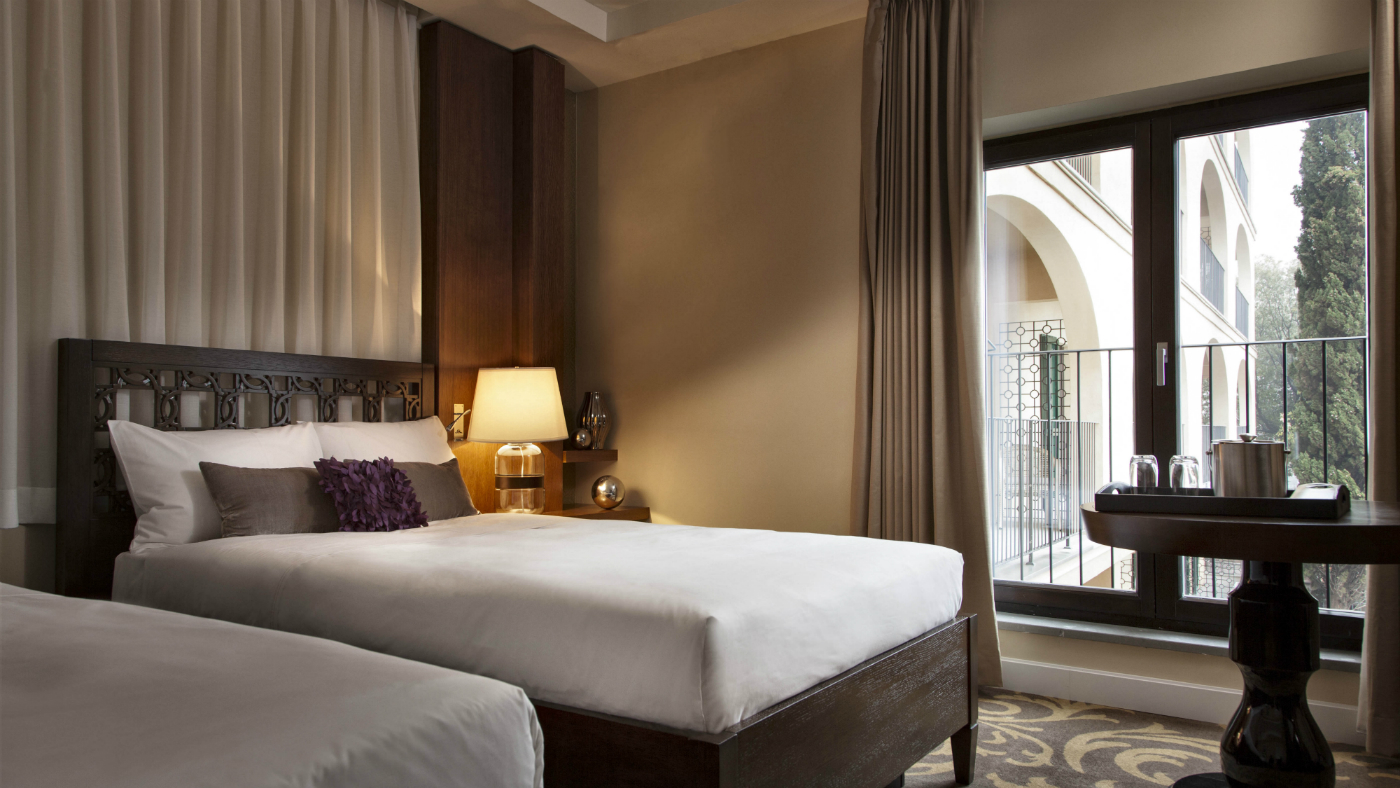
With 180 luxury rooms, it’s certainly not a small hotel. The rooms are classically designed, with crisp white linen on big beds and marble bathrooms, and some have lovely little balconies – try to get a room with a view if possible. If you don’t feel like venturing far, the hotel’s two-mile estate has enough going on to keep you occupied, including a spa, sauna, steam room and indoor and outdoor pool.
The outdoor pool is particularly inviting – a rectangle of dazzling turquoise overlooking the valley. There are also options to walk, hike, visit the valley’s vineyards and explore mountain caves.
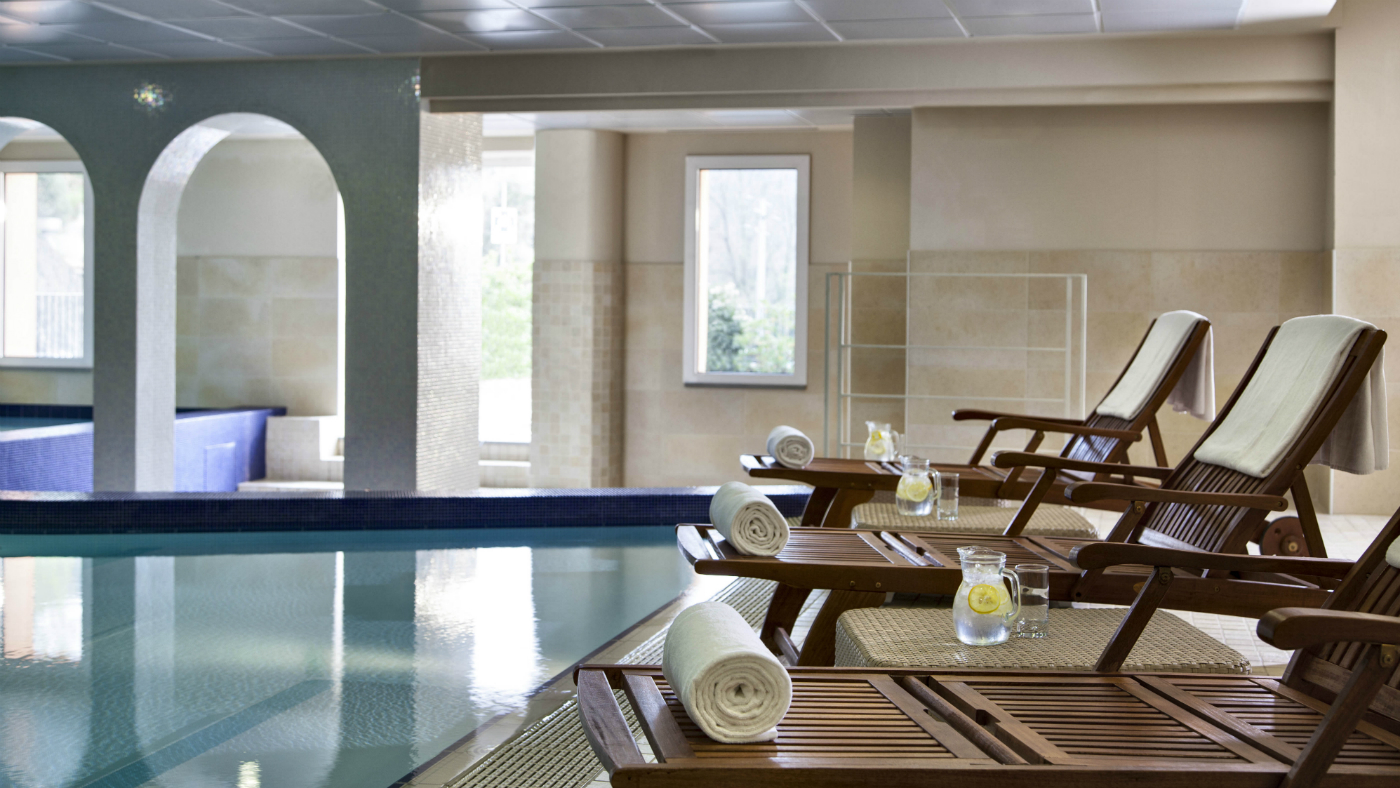
This is quintessential Tuscany, albeit with a Scottish twist. The sky is vast and cloudless, the mountains a hazy, moody purple, and the bright aquamarine pool beckons. The vista captures, as my Scottish travelling companion so aptly puts it, “all the bonnie blues”.
Rooms at Renaissance Tuscany Il Ciocco Resort & Spa start from €274 per night in a double classic room B&B. To book visit Renaissancetuscany.com or call +39 390 583 7691
Fly into Pisa or Florence international airport, about an hour’s drive to the hotel.
-
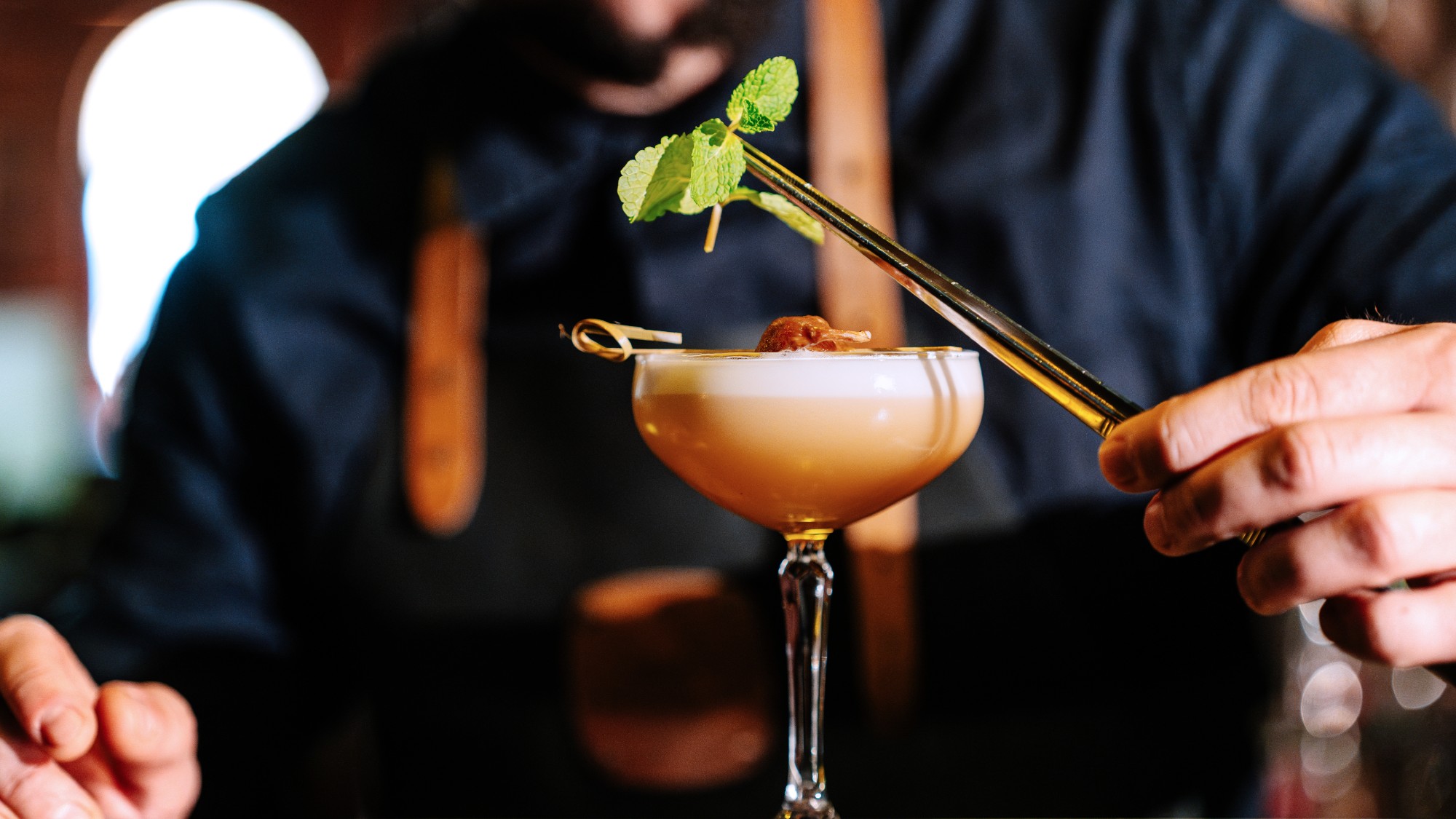 7 bars with comforting cocktails and great hospitality
7 bars with comforting cocktails and great hospitalitythe week recommends Winter is a fine time for going out and drinking up
-
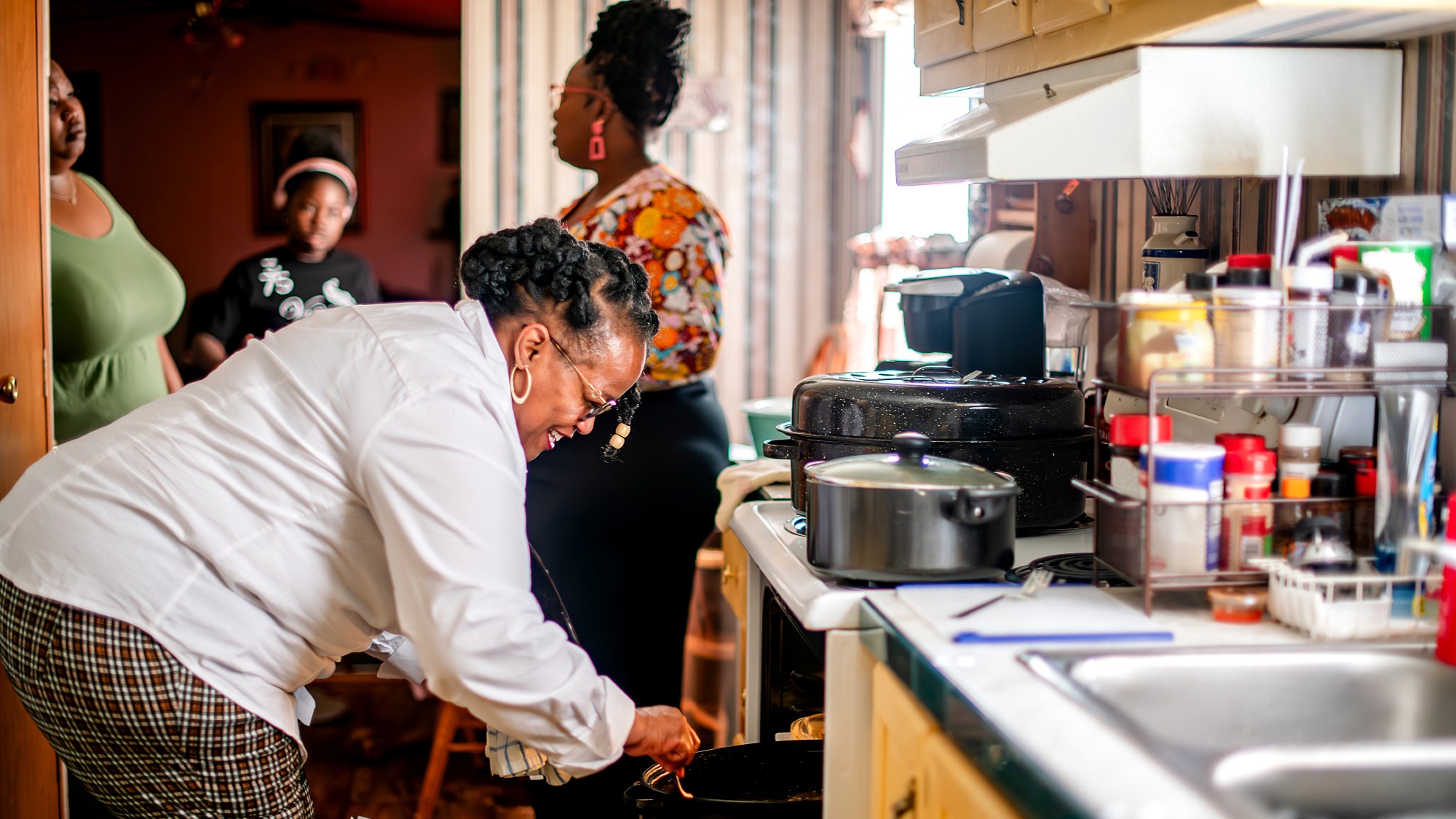 7 recipes that meet you wherever you are during winter
7 recipes that meet you wherever you are during winterthe week recommends Low-key January and decadent holiday eating are all accounted for
-
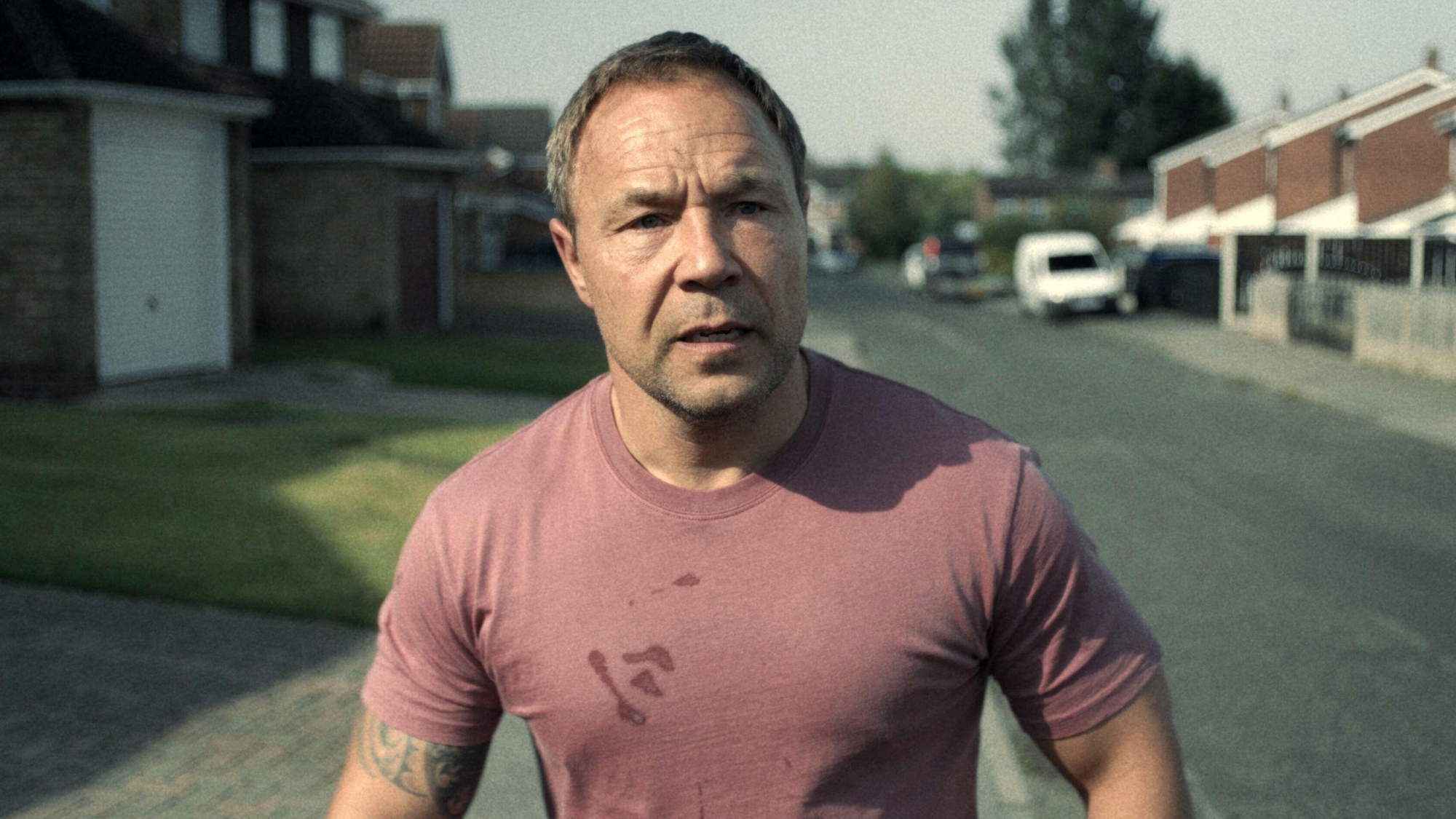 Nine best TV shows of the year
Nine best TV shows of the yearThe Week Recommends From Adolescence to Amandaland
-
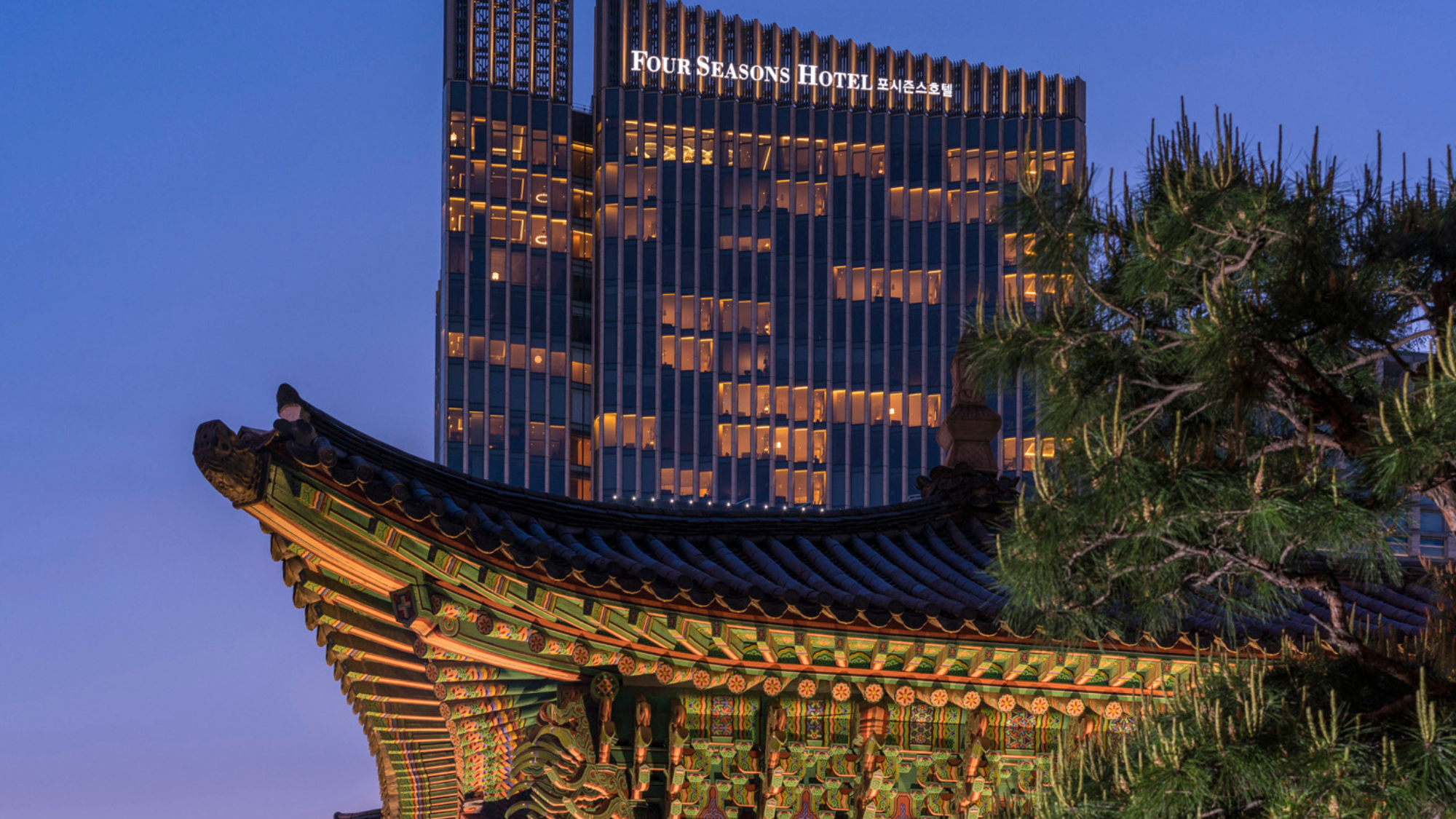 Four Seasons Seoul: a fascinating blend of old and new in South Korea
Four Seasons Seoul: a fascinating blend of old and new in South KoreaThe Week Recommends Located right in the heart of the action, this classy hotel is the perfect base to explore the capital
-
 Jane Austen lives on at these timeless hotels
Jane Austen lives on at these timeless hotelsThe Week Recommends Here’s where to celebrate the writing legend’s 250th birthday
-
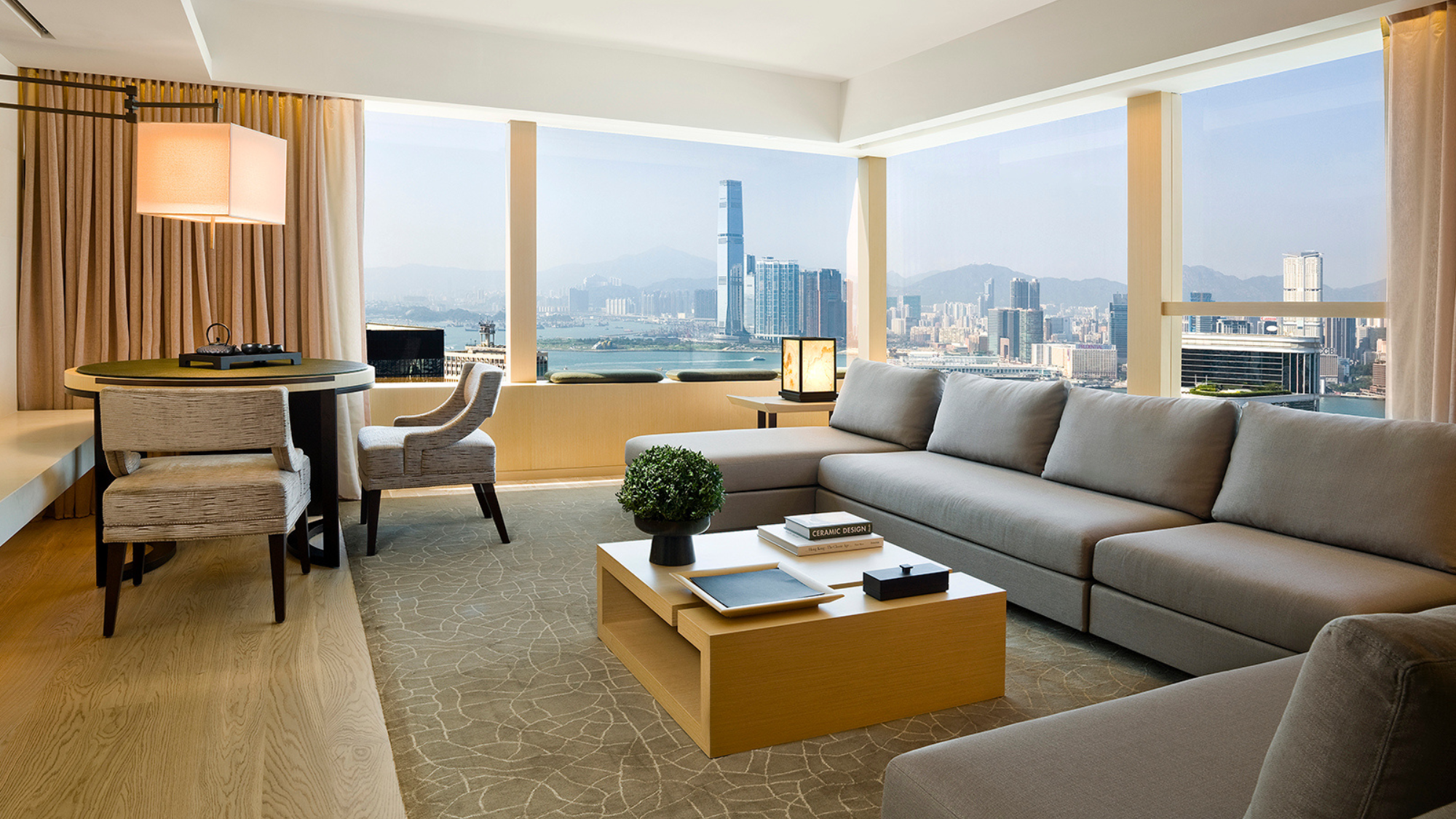 Upper House Hong Kong: a serene sanctuary in the bustle of the city
Upper House Hong Kong: a serene sanctuary in the bustle of the cityThe Week Recommends Panoramic harbour views and super-stylish interiors elevate this luxury hotel to another level
-
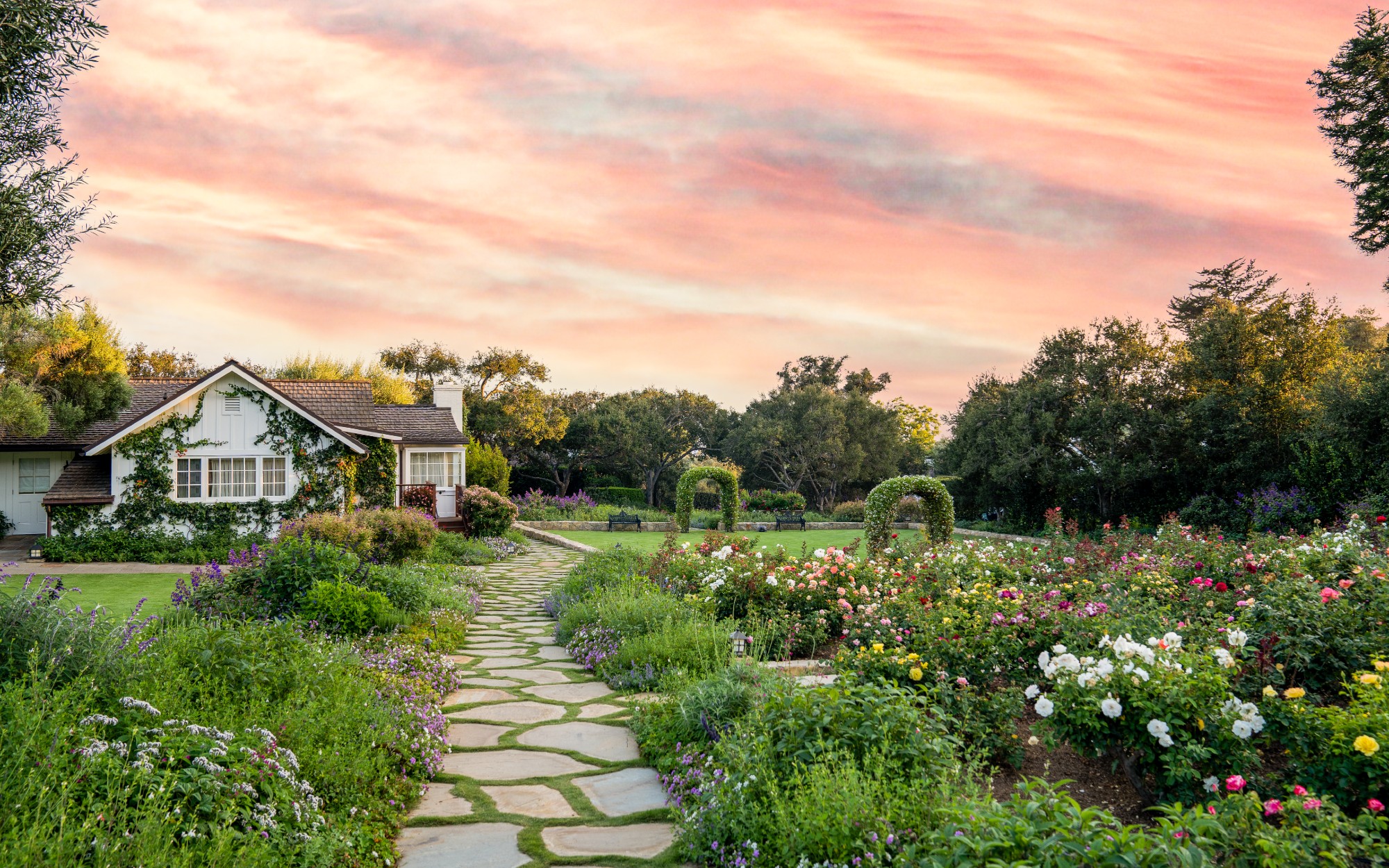 Step into a fairy tale at San Ysidro Ranch
Step into a fairy tale at San Ysidro RanchThe Week Recommends This historic Californian hideaway is pure magic
-
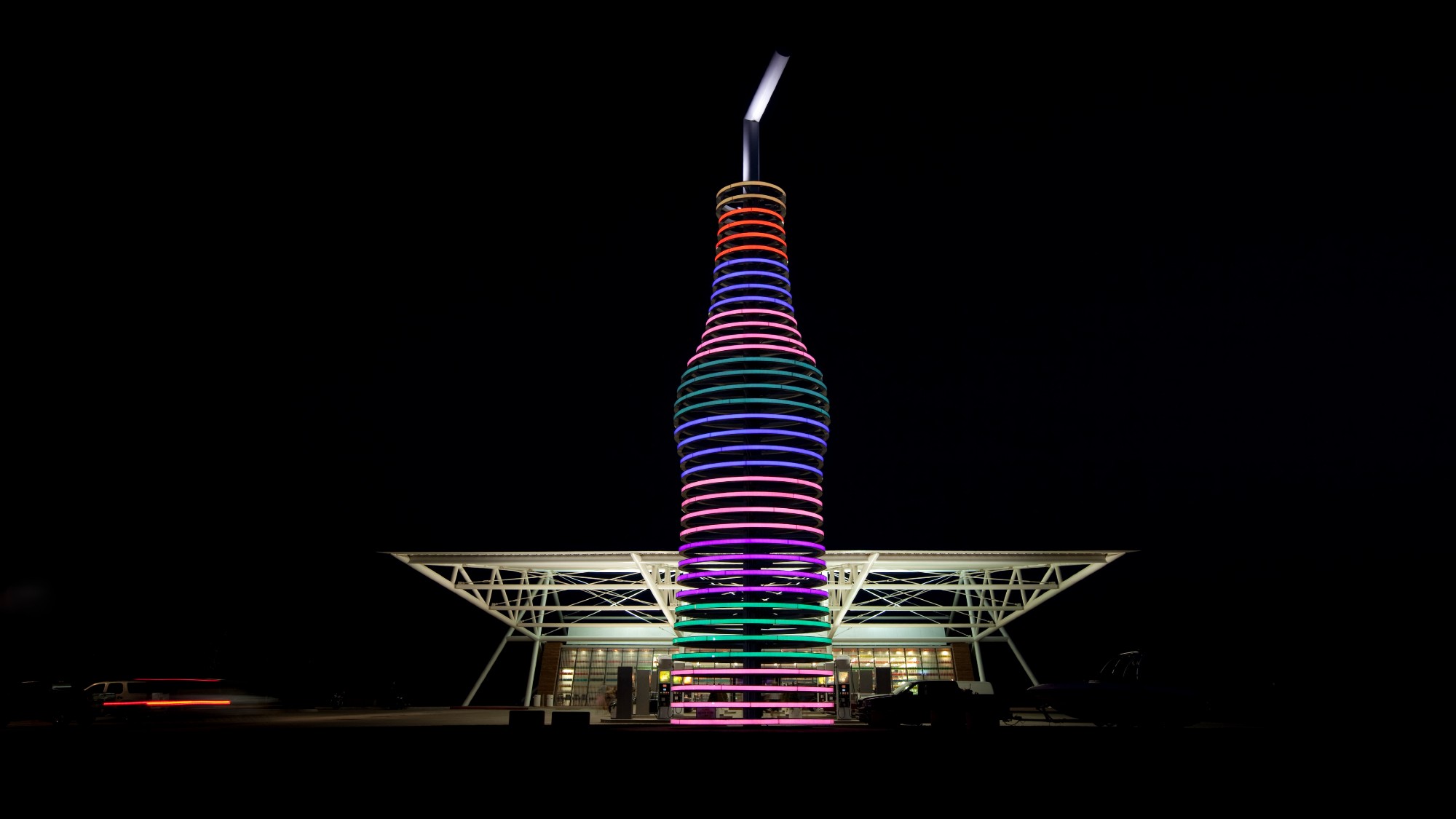 Pull over for these one-of-a-kind gas stations
Pull over for these one-of-a-kind gas stationsThe Week Recommends Fill ’er up next to highland cows and a giant soda bottle
-
 The Old Bell Hotel: whimsy and charm in historic Wiltshire
The Old Bell Hotel: whimsy and charm in historic WiltshireThe Week Recommends Giraffes, monkeys and bold, bright colours add a playful touch to this 800-year-old inn
-
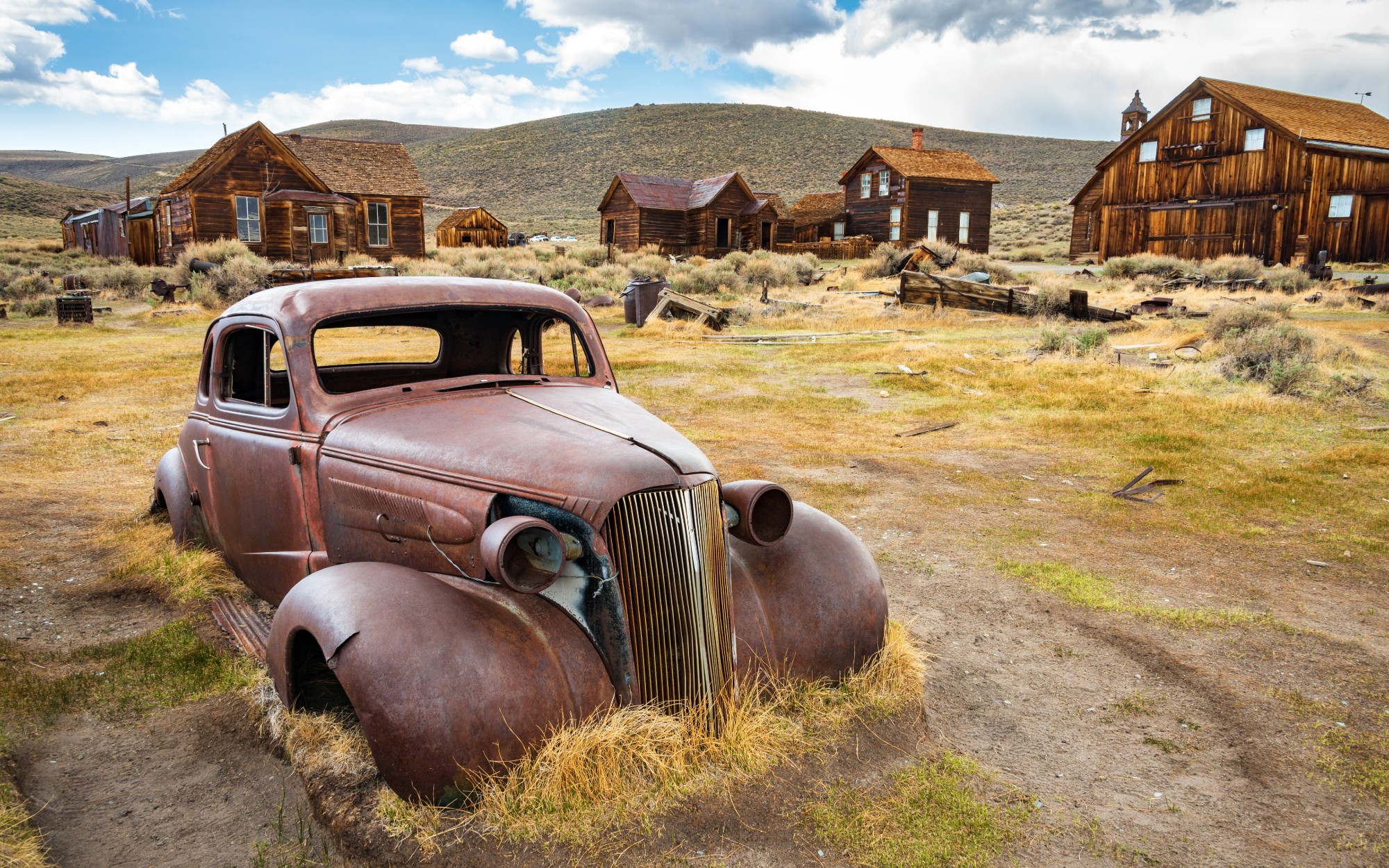 5 ghost towns worth haunting on your next road trip
5 ghost towns worth haunting on your next road tripEnjoy a glimpse of the past
-
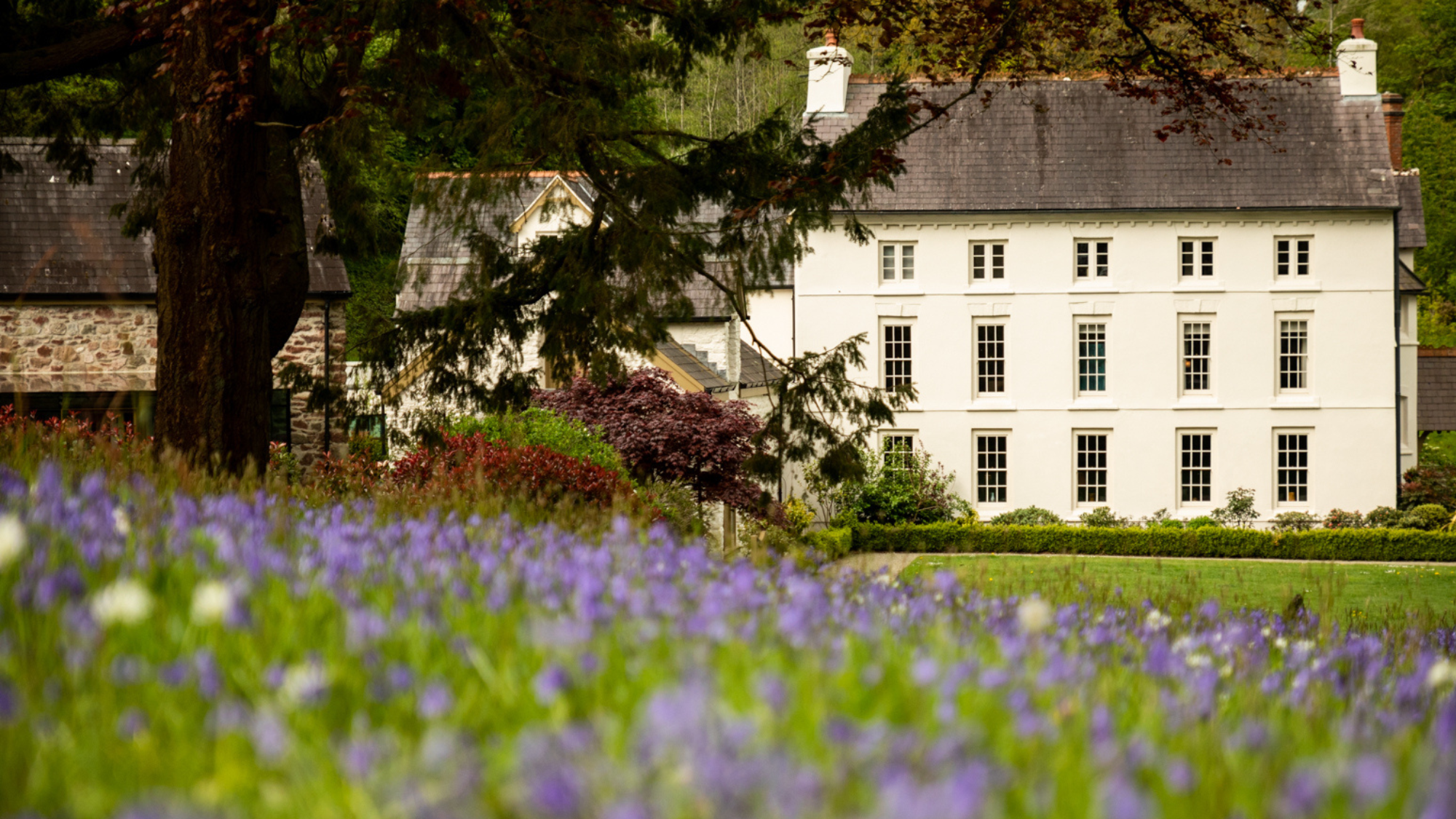 Grove of Narberth: comfort and style in the Welsh countryside
Grove of Narberth: comfort and style in the Welsh countrysideThe Week Recommends This boutique Georgian manor in Pembrokeshire is the perfect rural retreat